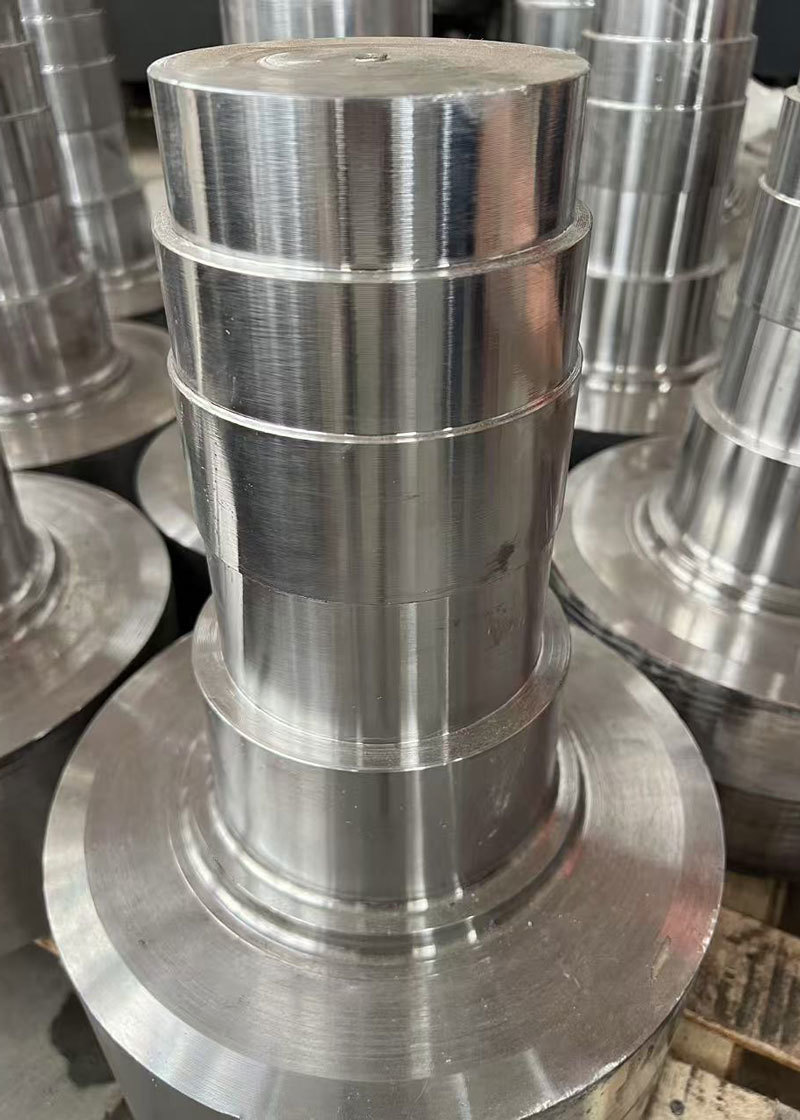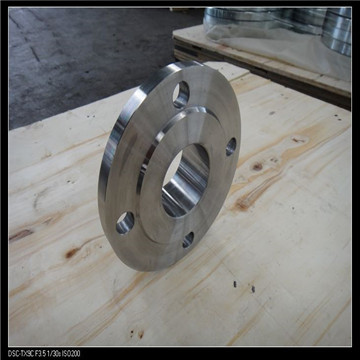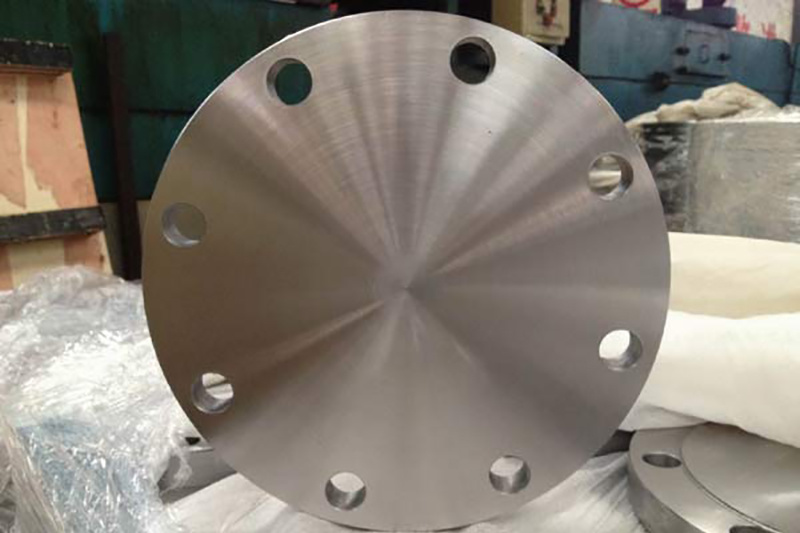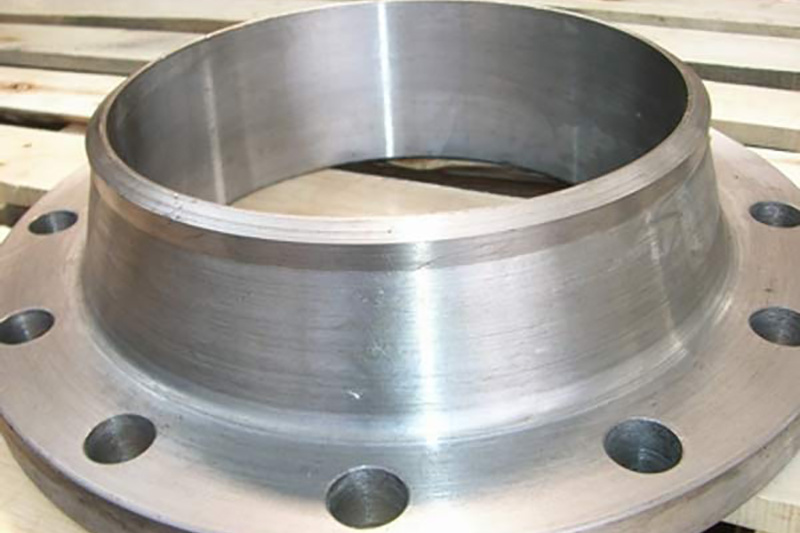Understanding the Role of Steel Forgings in the Construction Industry
Release time:
2025-07-11
Steel industries forgings play a crucial role in the construction and decorative materials sector, providing strength and reliability to various structural applications. Forging is a manufacturing process that involves shaping metal using compressive forces, which can be delivered through hammers or presses. This process results in a product that is notably stronger and more durable than its non-f
One of the primary advantages of steel forgings is their ability to endure extreme conditions. In the construction industry, components often face significant stress from loads and environmental factors. Forged steel components, such as beams, support structures, and fasteners, can withstand these stresses, making them ideal for use in everything from commercial buildings to bridges and high-rise structures. The superior mechanical properties of forged steel—such as tensile strength, ductility, and toughness—ensure that these components maintain structural integrity over time.
Moreover, steel forgings are versatile and can be tailored to meet specific design requirements. With advancements in forging technology, manufacturers can create complex shapes and sizes that fit unique architectural designs. This customization capability allows architects and engineers to push the boundaries of creativity, integrating functional and aesthetic elements into their projects. Additionally, steel forgings can be heat-treated or surface-treated to enhance their performance further, providing options for corrosion resistance or increased hardness.
In terms of sustainability, steel industries forgings contribute positively to green building practices. Steel is recyclable, and the forging process itself can minimize waste. By utilizing forged components in construction, builders can reduce the overall environmental impact of their projects. This aligns with the growing trend towards sustainable materials in the construction industry, making forged steel an attractive option for eco-conscious developers.
Lastly, the economic benefits of using steel forgings are notable. While initial costs can be higher compared to other materials, the longevity and low maintenance needs of forged steel components can lead to significant savings over the lifecycle of a building. Investing in high-quality forged steel can reduce the frequency of repairs and replacements, ultimately driving down total project costs.
In summary, steel industries forgings are integral to the construction and decorative materials field. Their unmatched strength, versatility, and sustainability make them a preferred choice for engineers and architects looking to ensure the safety and longevity of their structures. As the demand for innovative and durable materials continues to grow, the importance of steel forgings in construction will likely increase, solidifying their status as a cornerstone of modern construction practices.

Latest developments
The Importance of Threaded Flanges in Plumbing Applications
The Importance of Threaded Flanges in Plumbing Applications Table of Contents 1. Understanding Threaded Flanges 2. Types of Threaded Flanges 3. Key Benefits of Using Threaded Flanges 3.1 Enhanced Connection Integrity 3.2 Ease of Installation and Maintenance 3.3 Versatility in Applications 4. Installation Techniques for Threaded Flanges 4.1 Preparing the Pipe Ends 4.2 Ensuring P
Blind Flanges: Where and Why They Matter in Everyday Piping Systems
When it comes to piping systems, one component that often goes unnoticed but plays a crucial role is the Blind flange. These simple yet effective discs are used to seal off the end of a pipe, valve, or vessel, ensuring safety and preventing leaks. But where exactly are they used, and why should users care about choosing the right one—whether it’s a quality Blind flange or a more cheap Blind flange option? Let’s break it down.
Flanged Connections: The Unsung Heroes of Piping Systems
When you think about piping systems, flanged connections might not be the first thing that comes to mind. Yet, these simple but essential components are what keep everything securely linked—whether in a factory, a water treatment plant, or even a brewery. So, where exactly do flanged connections shine, and why should users care about choosing the right one? Let’s explore.
Understanding High Neck Flanges: Essential Components in Construction and Decoration
High neck flanges are specialized components commonly used in the construction and decoration materials industry, particularly in the realm of piping and fittings. These flanges are characterized by their extended neck, which provides added height and a robust sealing surface. This unique design feature not only enhances their structural integrity but also facilitates easier alignment and installa
Sustainability in Construction: The Case for Flat Flanges
Sustainability in Construction: The Case for Flat Flanges Table of Contents Introduction to Sustainability in Construction The Importance of Sustainability in the Construction Industry What are Flat Flanges? Benefits of Using Flat Flanges in Sustainable Construction Material Sourcing: Eco-Friendly Options for Flat Flanges Energy Efficiency: How Flat Flanges Contribute Cost-Effec
Understanding the Role of Steel Forgings in the Construction Industry
Steel industries forgings play a crucial role in the construction and decorative materials sector, providing strength and reliability to various structural applications. Forging is a manufacturing process that involves shaping metal using compressive forces, which can be delivered through hammers or presses. This process results in a product that is notably stronger and more durable than its non-f







